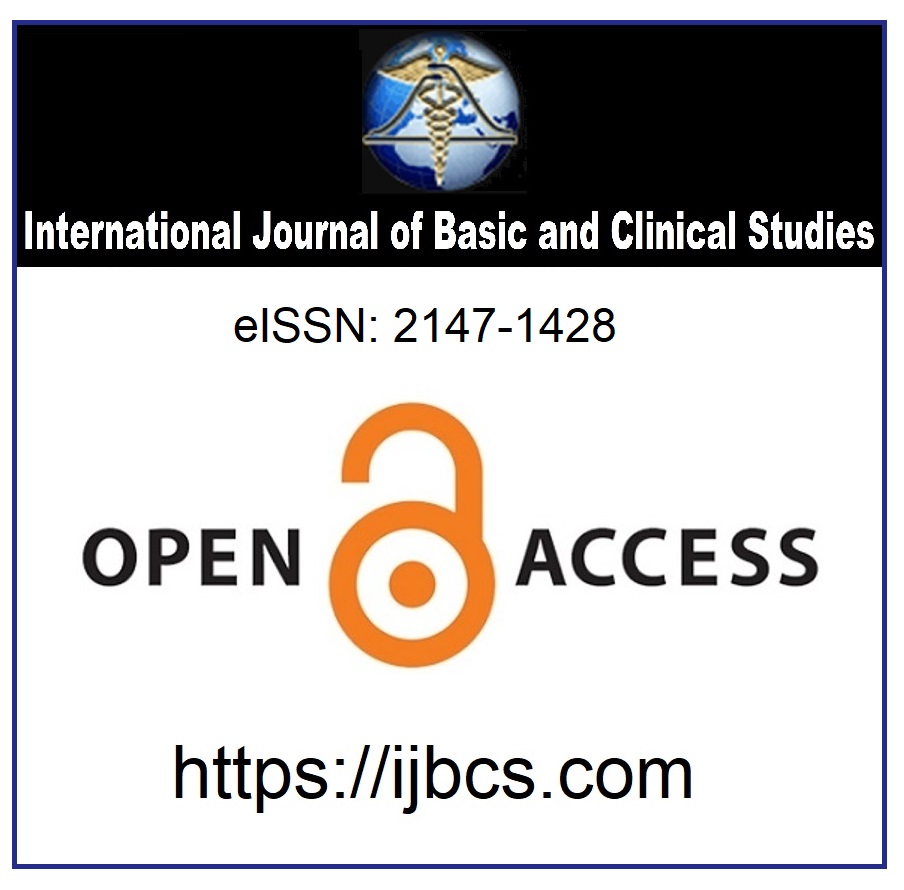How Much Attention Do We Pay to the Ultrasound Indications in Emergency Departments?
Keywords:
Abdomen, Pre-diagnosis, Ultrasonography, Computed tomographyAbstract
Purpose: The aim of this study is to compare the pre-diagnoses and the ultrasonography (USG) results in terms of the final diagnosis of the abdominal pathologies in patients who present to emergency departments with abdominal complaints.
Methods: Patients who presented to the emergency department with various abdominal complaints between January 2011 and October 2011 were retrospectively evaluated. Data from the clinical examinations, USG reports and computed tomography (CT) results were assessed and the intra-abdominal USG findings were recorded. The sensitivity, specificity, and the positive (+) and negative (-) predictive values were calculated. In patients with negative (-) USG results, additional abdominal CT examinations were also performed.
Results: Three hundred patients who underwent USG examinations - and additional CT examinations in case of negative (-) USG results - were included in the study. The sensitivity, specificity; positive predictive values and negative predictive values of USG in detecting intra-abdominal lesions were found as 90.9%, 100%, 100% and 8%, respectively. The CT performed in patients with negative (-) USG results revealed 8-10% of additional lesions. Discrepancies between the pre-diagnoses and the USG and BT results were observed in 50% of the patients.
Conclusion: Although USG is a subjective method, it has high sensitivity and specificity in abdominal pathologies. If the USG is requested by the emergency physicians specifying the possible pre-diagnoses after the completion of the physical examination and laboratory tests, this will contribute to the task of the radiologist and reduce unnecessary USG examinations.
Downloads
Published
How to Cite
Issue
Section
License
Copyright (c) 2012 by the Authors

This work is licensed under a Creative Commons Attribution 4.0 International License.



